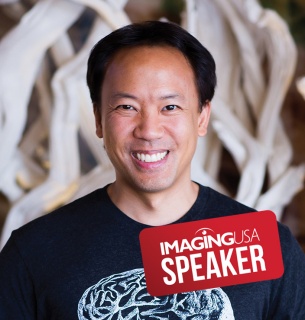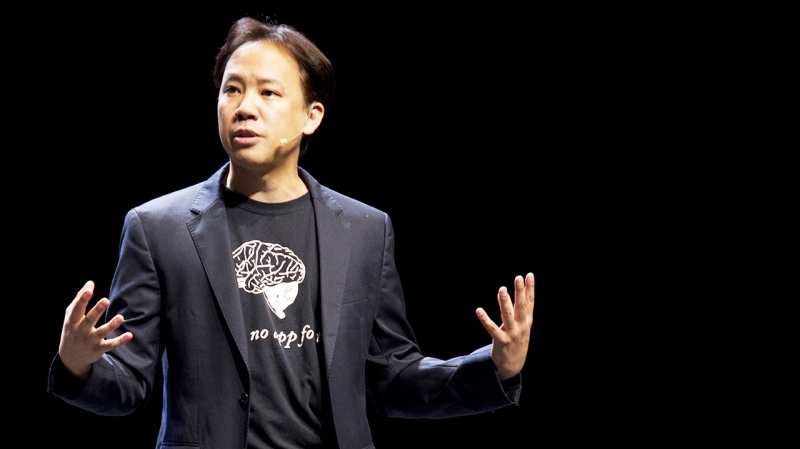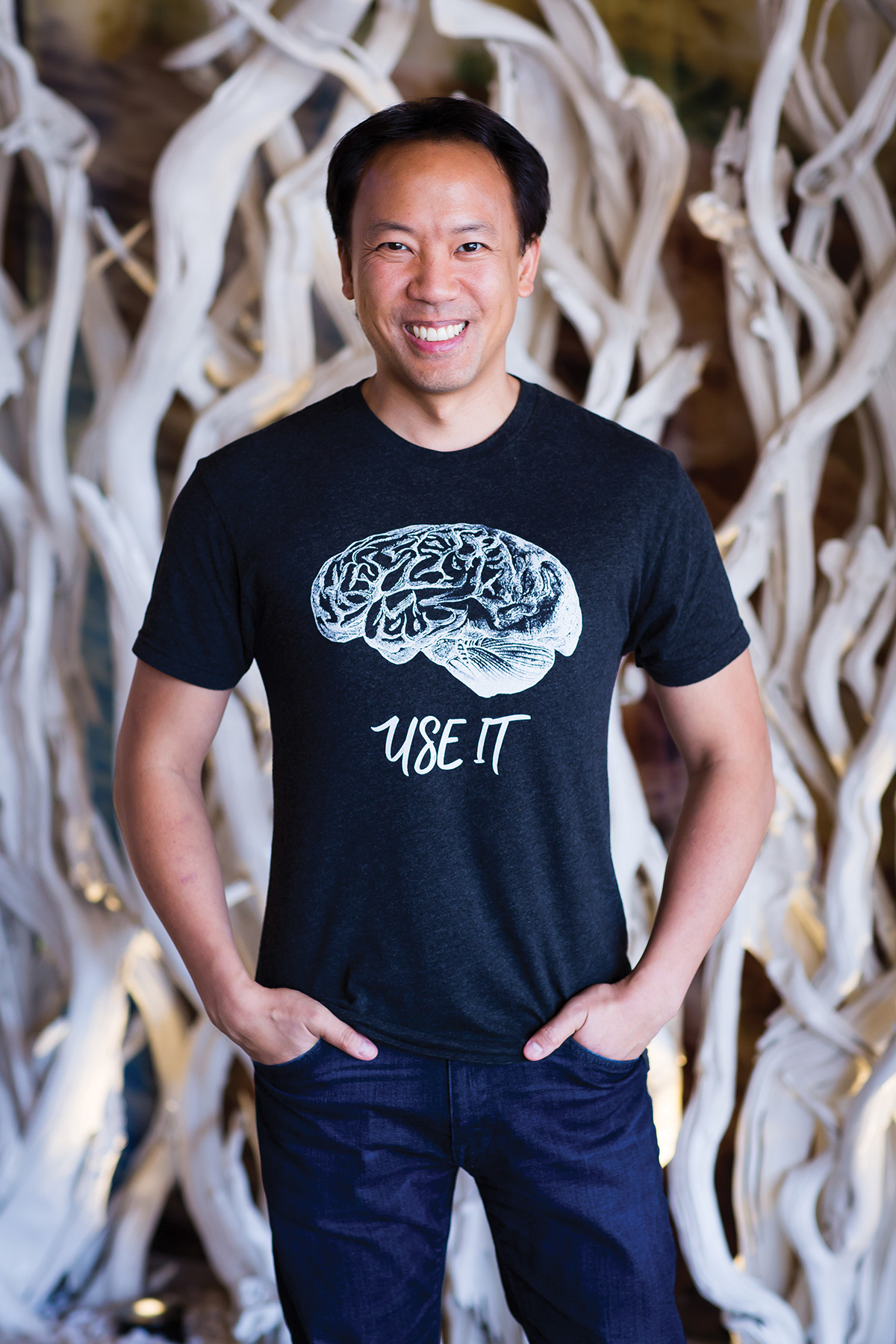Not good at remembering names? Here’s how to improve
Brain training expert Jim Kwik offers help on how to remember peoples' names.
• December 2019 issue

Brain training expert Jim Kwik will deliver a keynote address at Imaging USA 2020.
Have you ever had an acquaintance address you by name while you frantically searched your brain for theirs? Drawing that blank is embarrassing for you, not to mention potentially off-putting to the acquaintance. And it’s especially poor form in business.
“The No. 1 skill to master when it comes to business etiquette and networking is our ability to remember people’s names,” says renowned brain training coach and public speaker Jim Kwik, who will deliver the opening keynote at Imaging USA 2020 in Nashville.
“People don’t care how much you know until they know how much you care,” Kwik says. “It’s hard to show somebody you’re going to care for them as a person—for their family, their wedding, their future, whatever you have to offer them—if you don’t care enough to just remember them. I believe the two most costly words in business and in life are I forgot: I forgot to do it. I forgot that meeting. I forgot that conversation. I forgot what I was going to say. And probably the largest one is I forgot that person’s name. Every time we think or say those words, we lose respect, we lose credibility, we lose character, we lose connection, and we could even lose the sale.”
BE SUAVE
If a person’s name is the sweetest sound to their ears, then it's a real bummer that for most people, a new name bounces off their brain and falls to the floor the moment it’s shared. BE SUAVE is Kwik’s mnemonic for getting those names to sink in and stay for the long haul.
- Believe it. Whether you believe you can remember names or you believe you can’t remember names, either way, you’re right, says Kwik. “Your brain is like a supercomputer. And your self-talk is a program that will run it. If you tell yourself you’re not good at remembering names, you will not remember the name of the next person you meet because you programmed your supercomputer not to.” So stop telling yourself things like, I have a horrible memory, I am getting too old, I am not smart. “If people truly knew how powerful their mind was, they would not say or think something they didn’t want to be true.” The first step in learning to retain names is to abandon the negative self-talk and start telling your brain you’re a champ at remembering them.
- Exercise it. Remembering names is a skill, and only practice makes progress.
- Say it. When the person gives you their name, say it back to them immediately. This also enables you to make sure you have the pronunciation correct.
- Use it. Try to use the person’s name three to four times in your conversation with them. One, people love hearing their own name. And two, it helps your brain to hang onto it. Just don’t overdo it—a few times is enough.
- Ask about it. What do people love to talk about more than anything? Themselves. So asking a question pertaining to their name is generally well-received. Who were you named after? How do you spell that? What is the origin of your name? These questions can spark an interesting conversation that will help you connect with the person as well as remember their name in the future.
- Visualize it. Most people are better at remembering faces than they are at remembering names. “You say, I remember your face, but I forget your name. You never say the opposite: I remember your name, but I forgot your face,” notes Kwik. One way to retain a name is to visualize it. For example, if a person’s name is Mike, imagine he’s jumping on a table singing karaoke into a mic. For Mark, imagine yourself making a checkmark on the person’s forehead. For Mary, imagine her carrying two little lambs. The sillier the visualization, the better, as that makes the name and the person easier to remember.
- End with it. When you say farewell, be sure to include your new acquaintance's name in that goodbye.

Memorize ahead
With client engagements, you have the benefit of being able to working ahead, notes Kwik. So, for example, if you're scheduled to photograph a wedding, make the extra effort to find out and memorize the names of the parents and the wedding party ahead of time. The same goes for family portrait sessions; as much as possible, try to know each family member’s name and face prior to the session. Calling clients and their friends and family by their names elevates the customer experience.
Also in the spirit of working ahead, Kwik suggests going to the U.S. Census Bureau to look up the most common names in the United States and then creating visualizations for each of them. That way, when you meet someone with that name, you'll have an indelible image at the ready.
Brain power
“I can tell you that there is no such thing as a good or bad memory,” Kwik says. “There is just a trained memory and an untrained memory. Everybody can improve their memory regardless of their age, background, career, education level, gender, IQ. None of it matters.” Once you begin practicing these techniques, you become sharper, he adds. Exercising the memory muscles that have atrophied in the smart-phone-reliant digital age strengthens them.
Most important, remembering a person’s name makes them feel good and makes them remember you, too. And in a field where success hinges on referrals from clients who feel good about their experience, that’s everything. In the words of Maya Angelou, Kwik notes, “I’ve learned that people will forget what you said, people will forget what you did, but people will never forget how you made them feel.” Make them feel important by remembering their name.
Amanda Arnold is associate editor of Professional Photographer.



